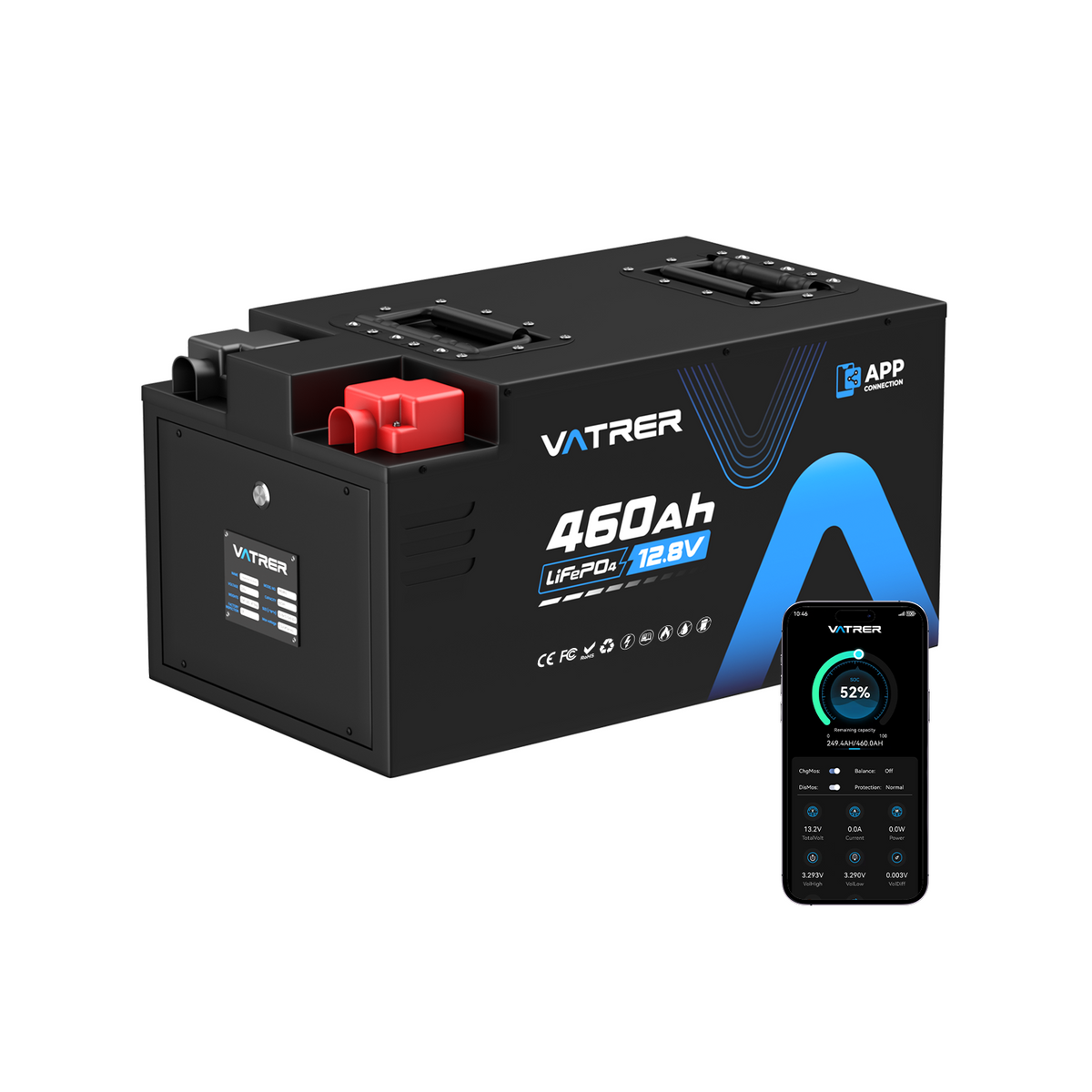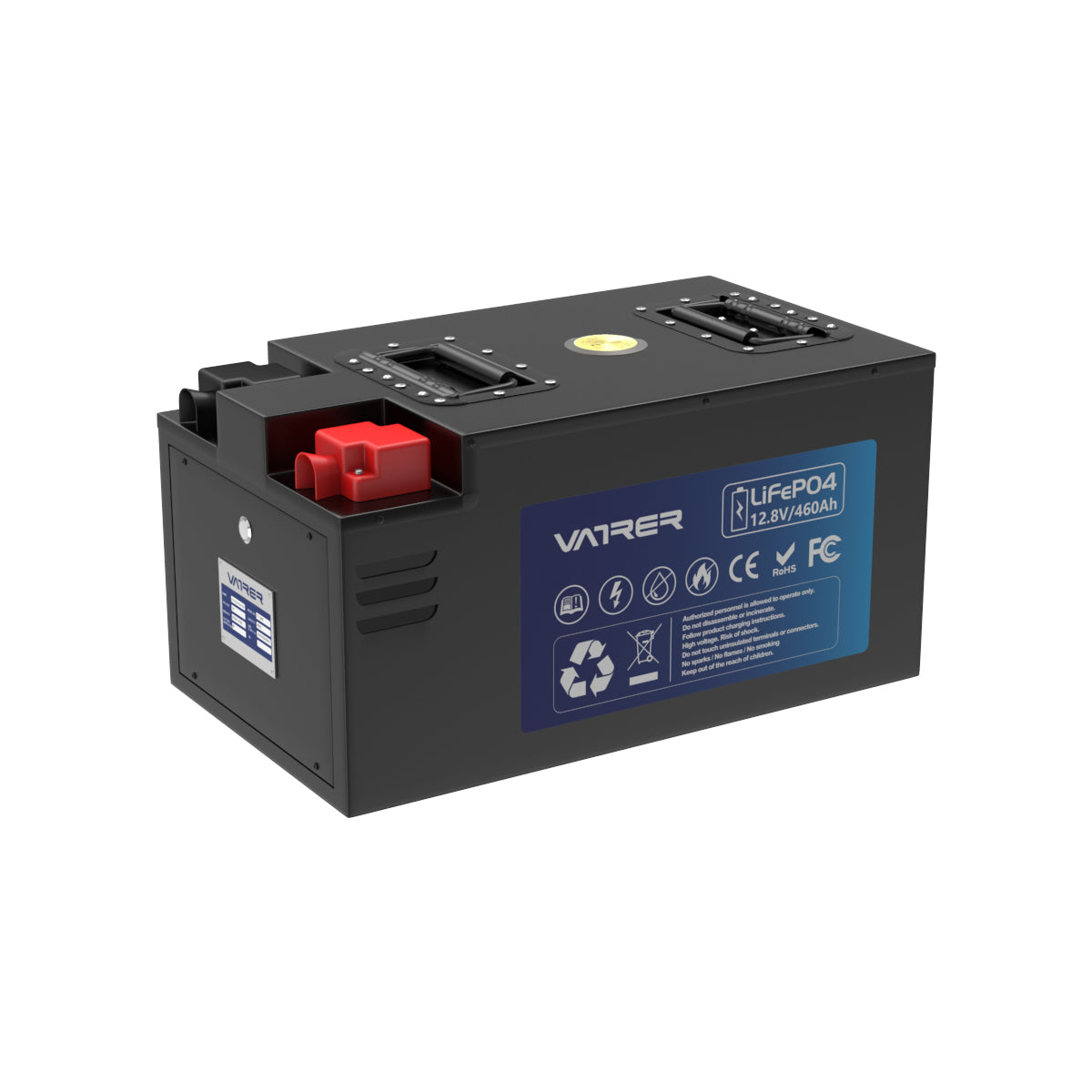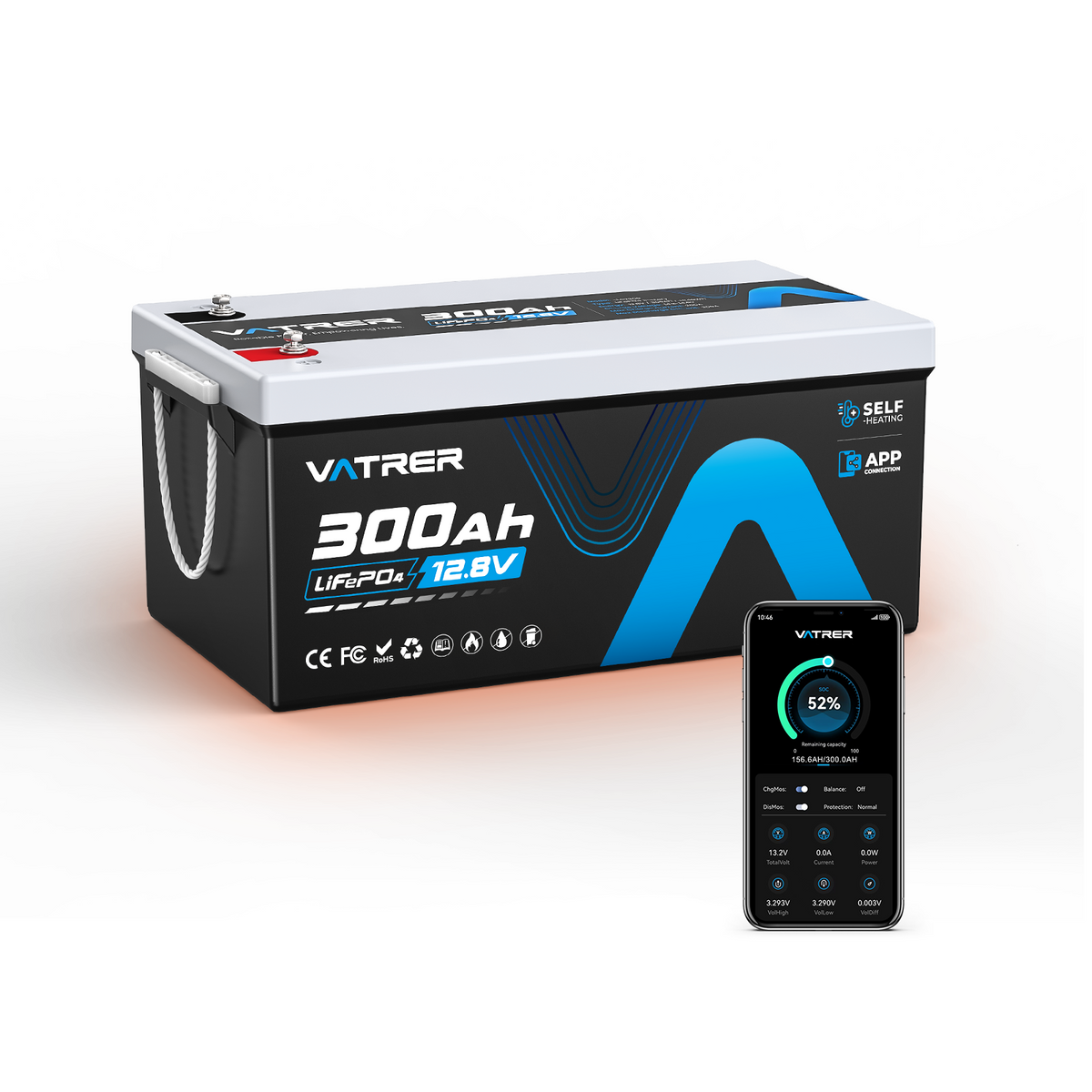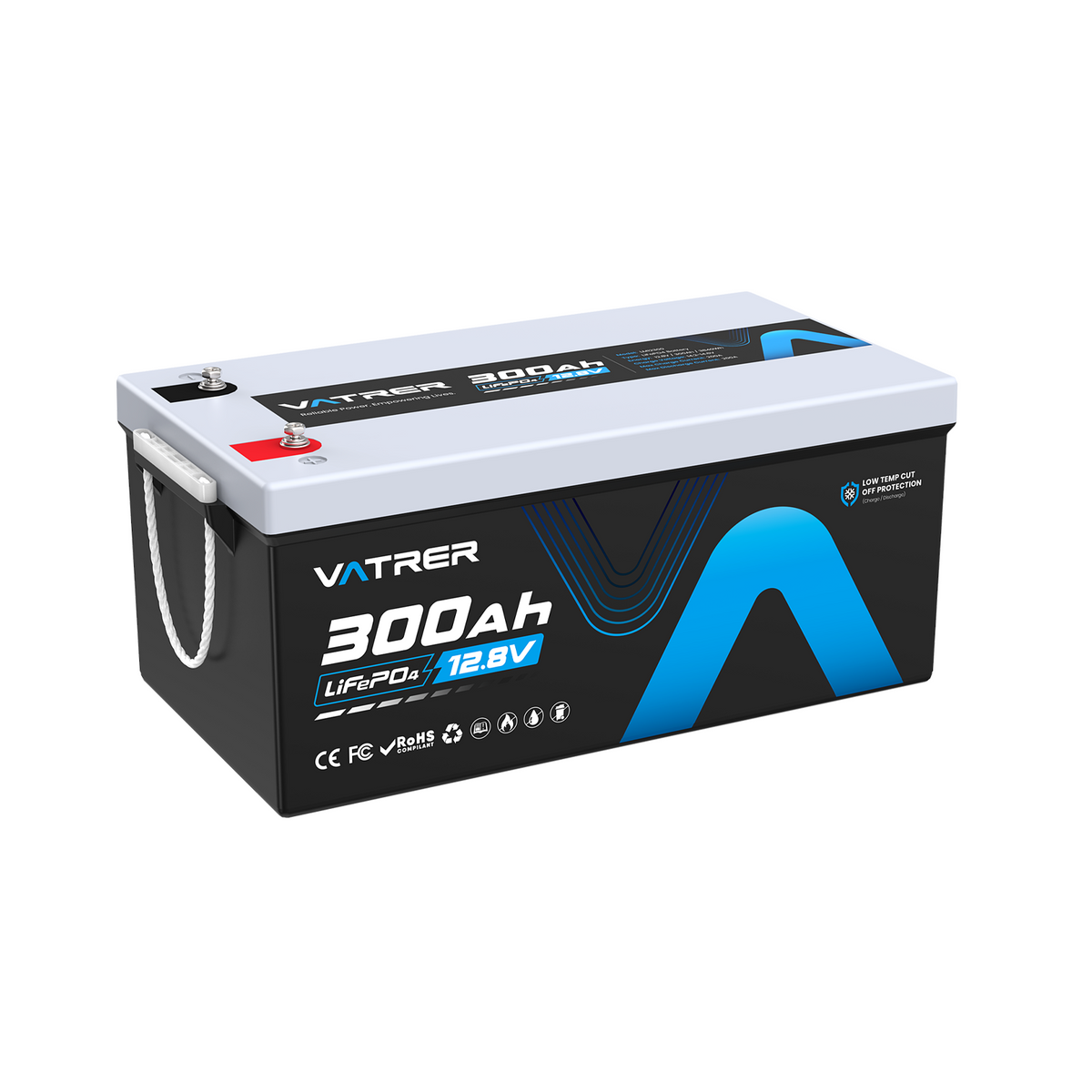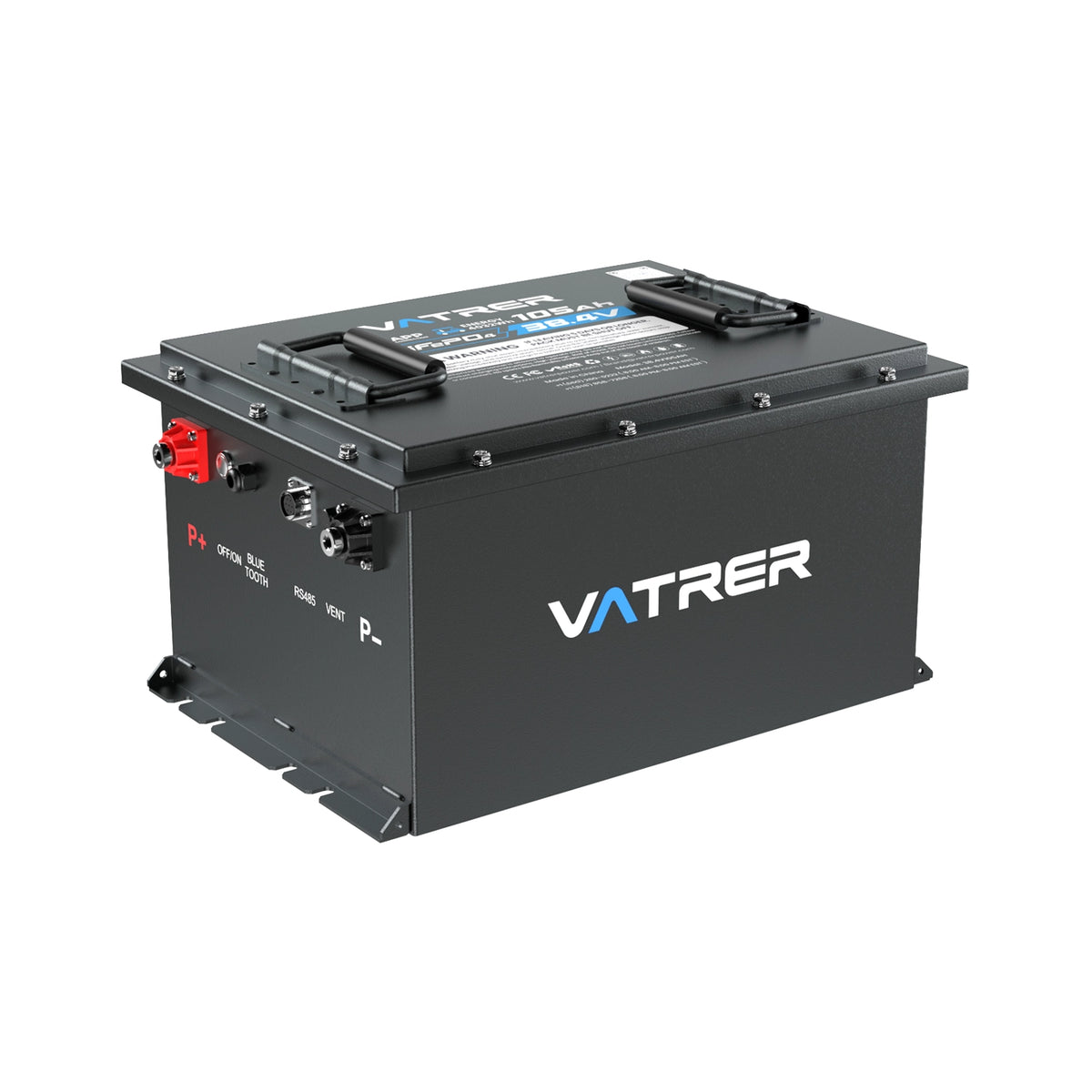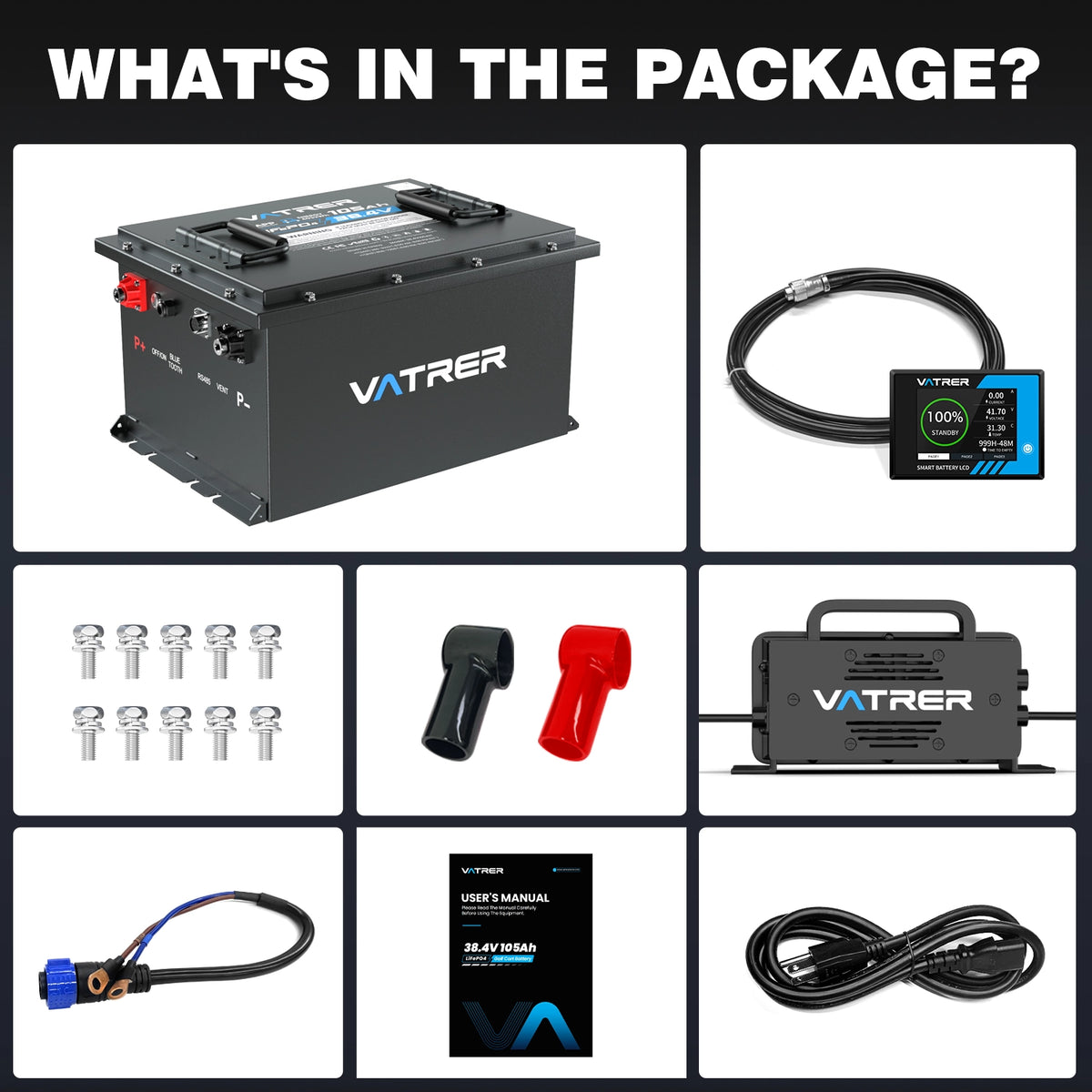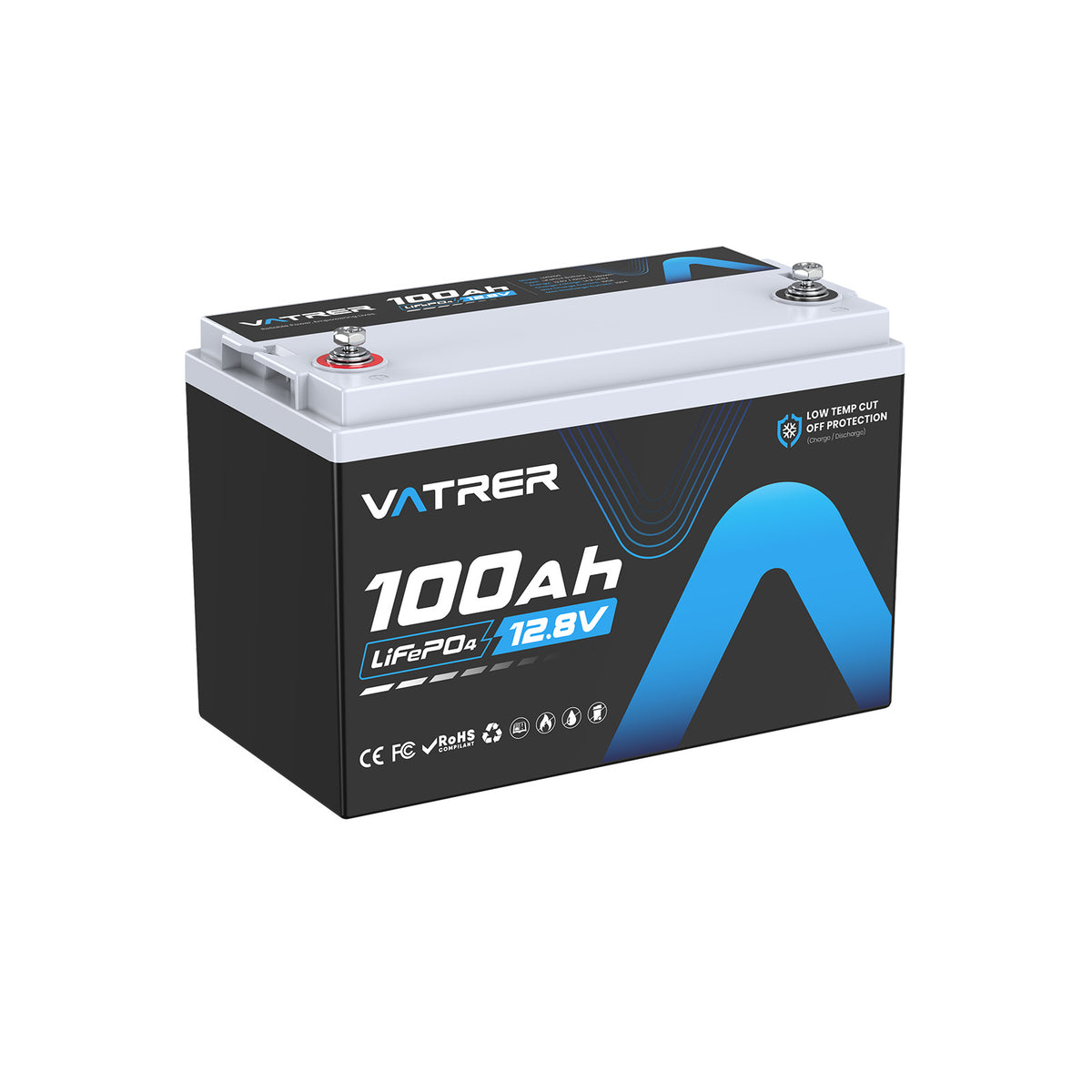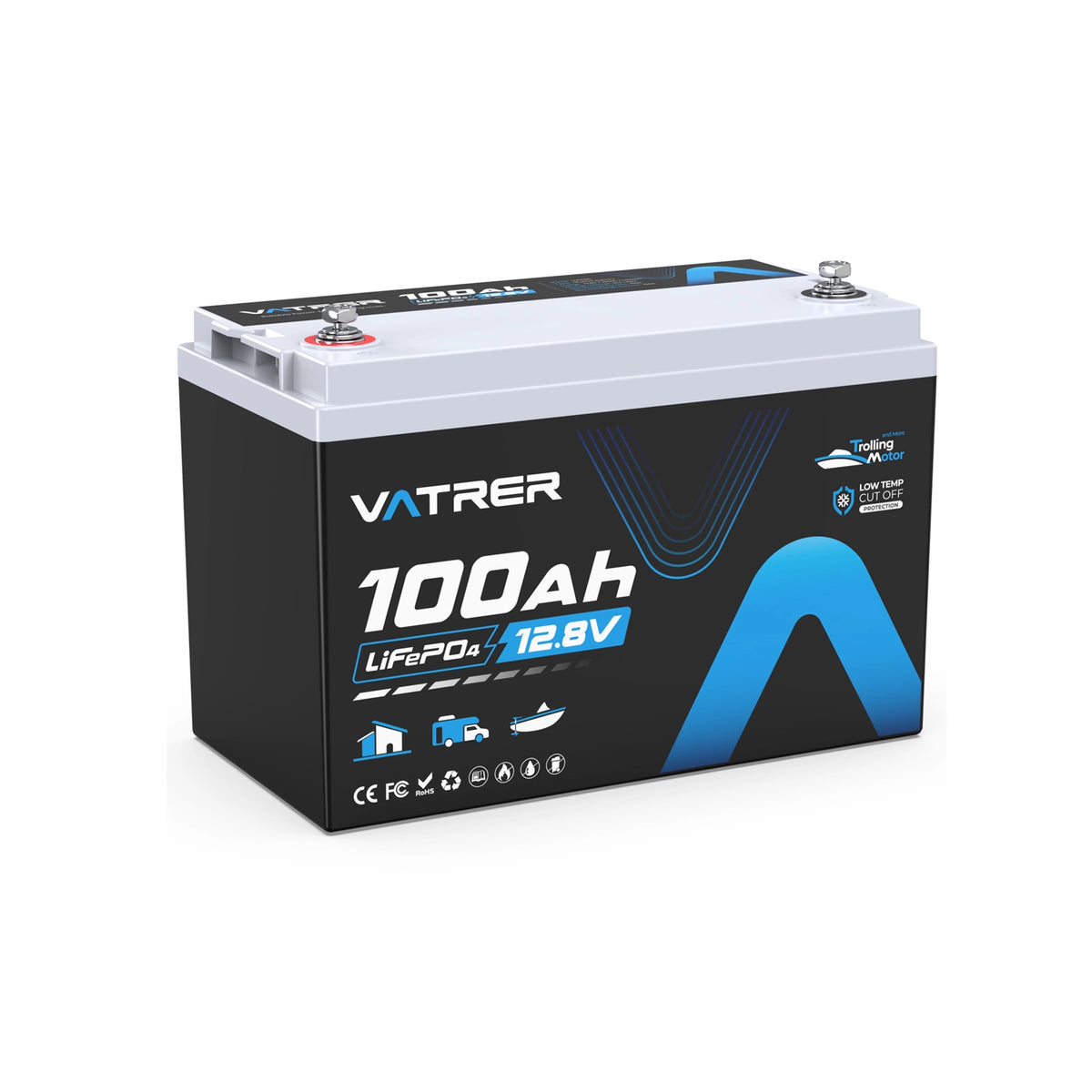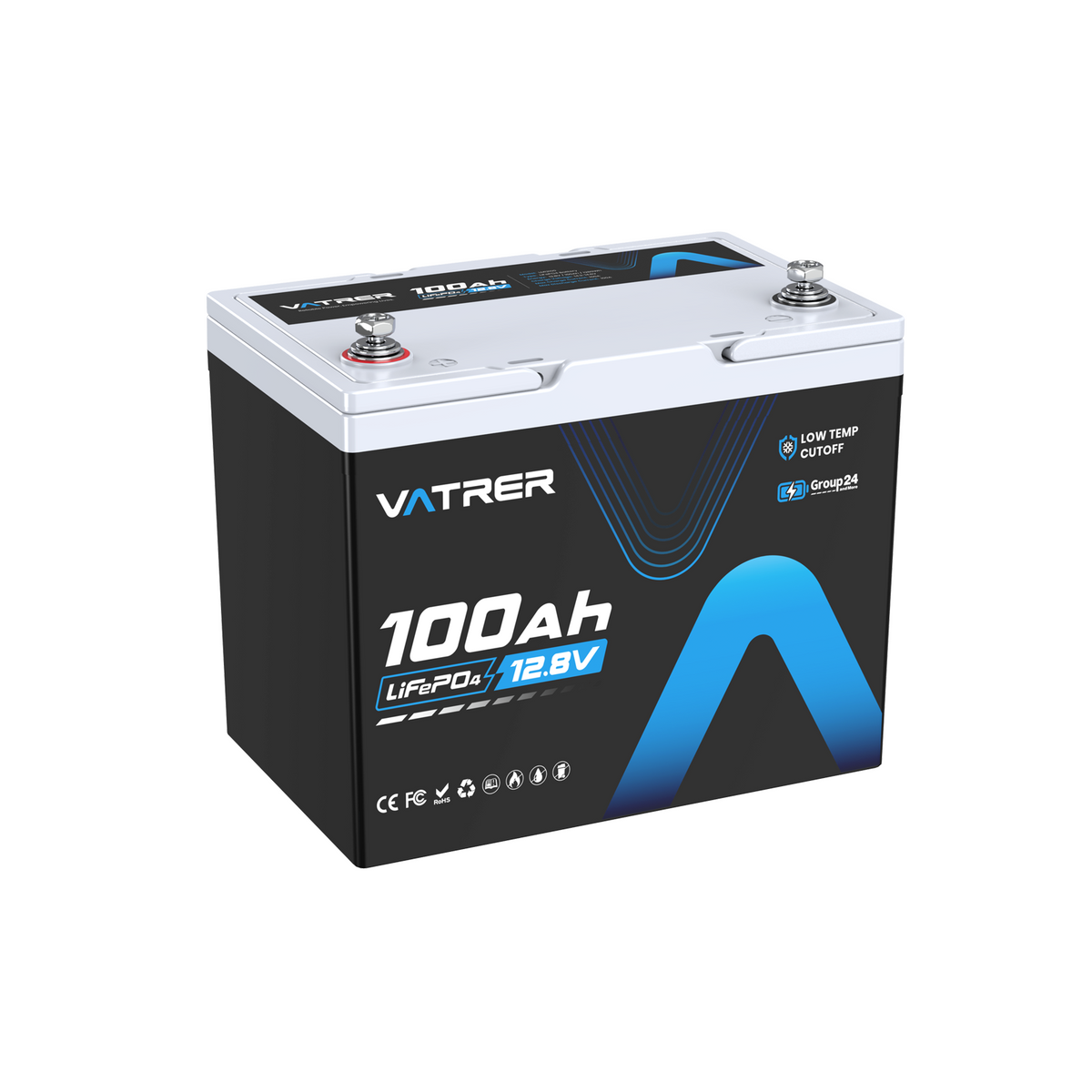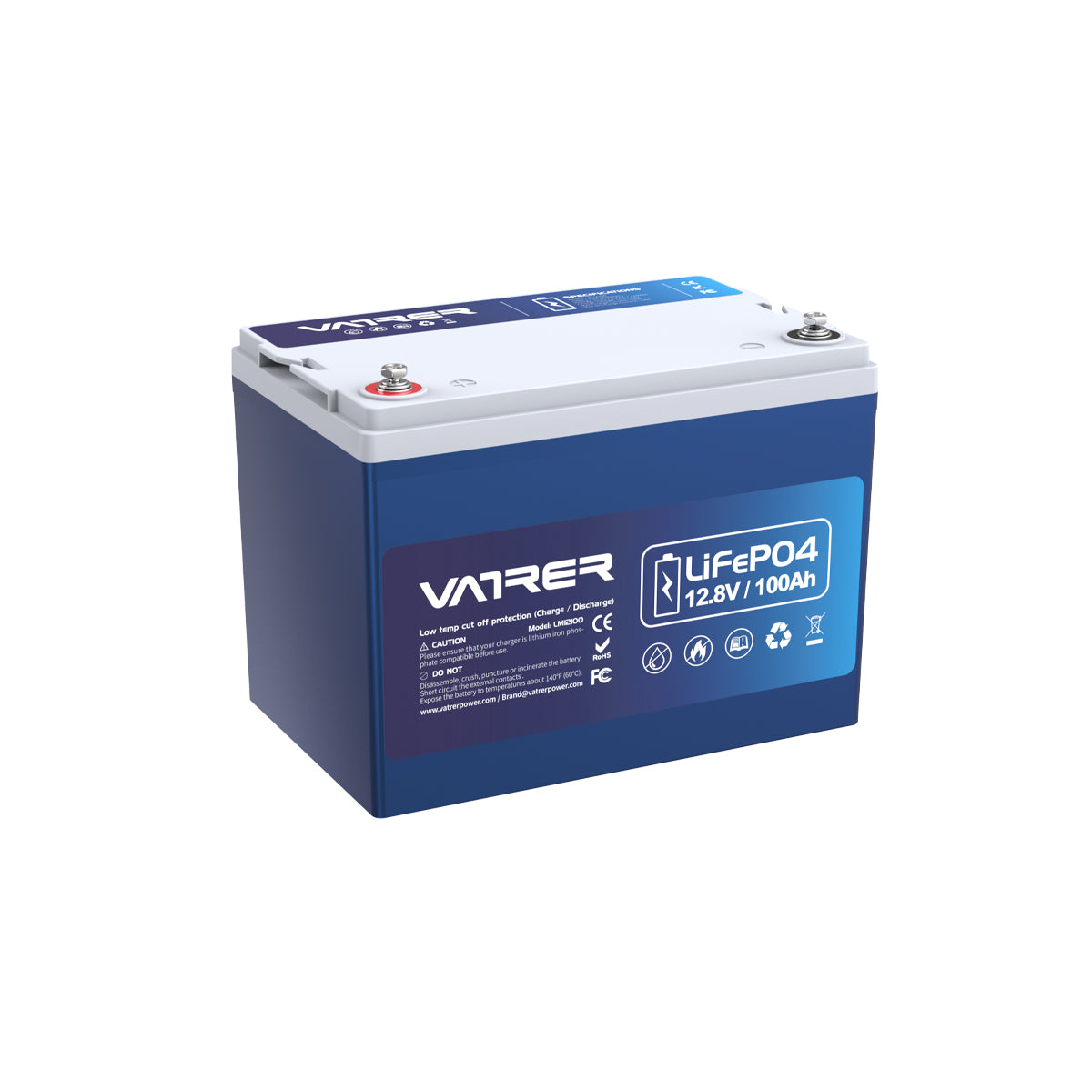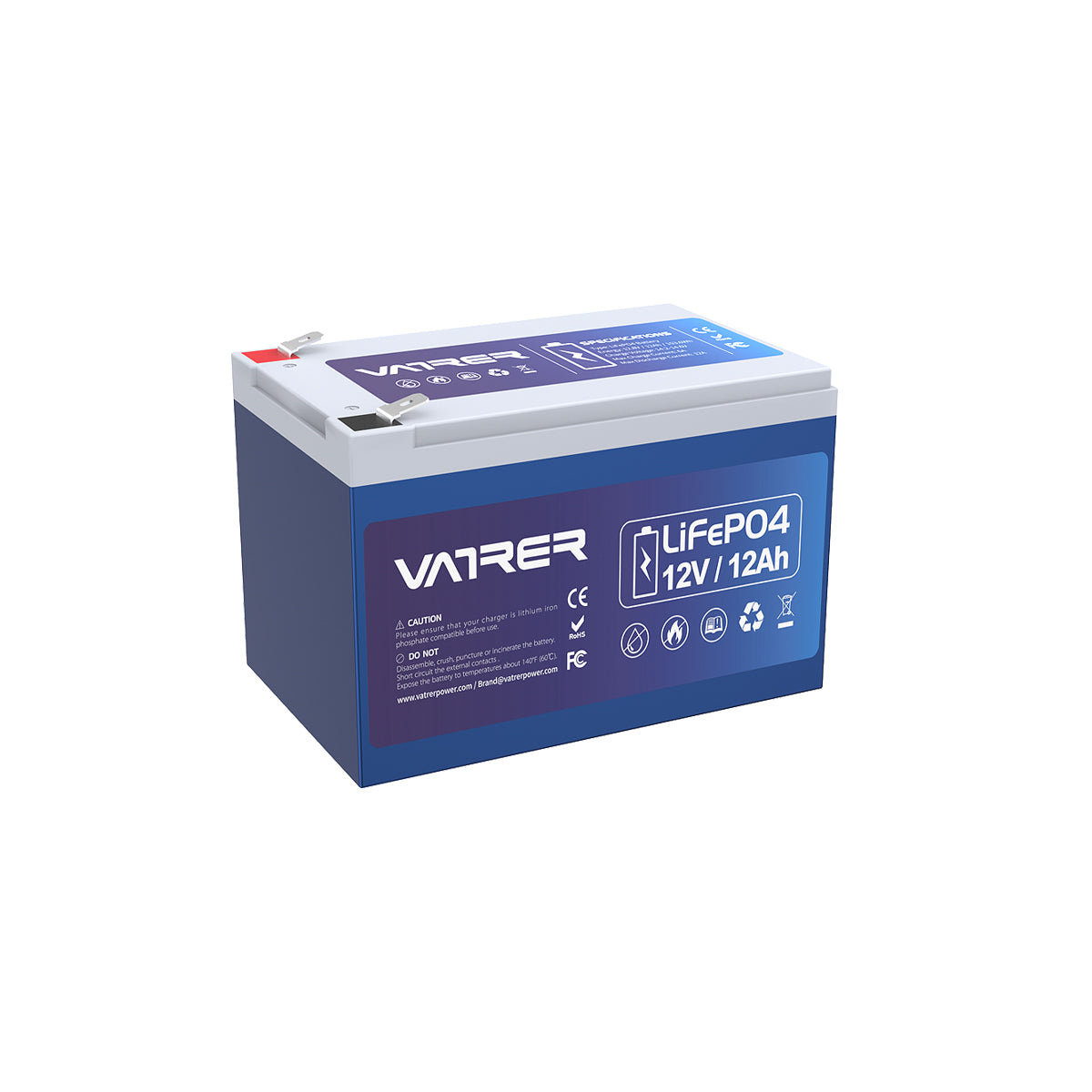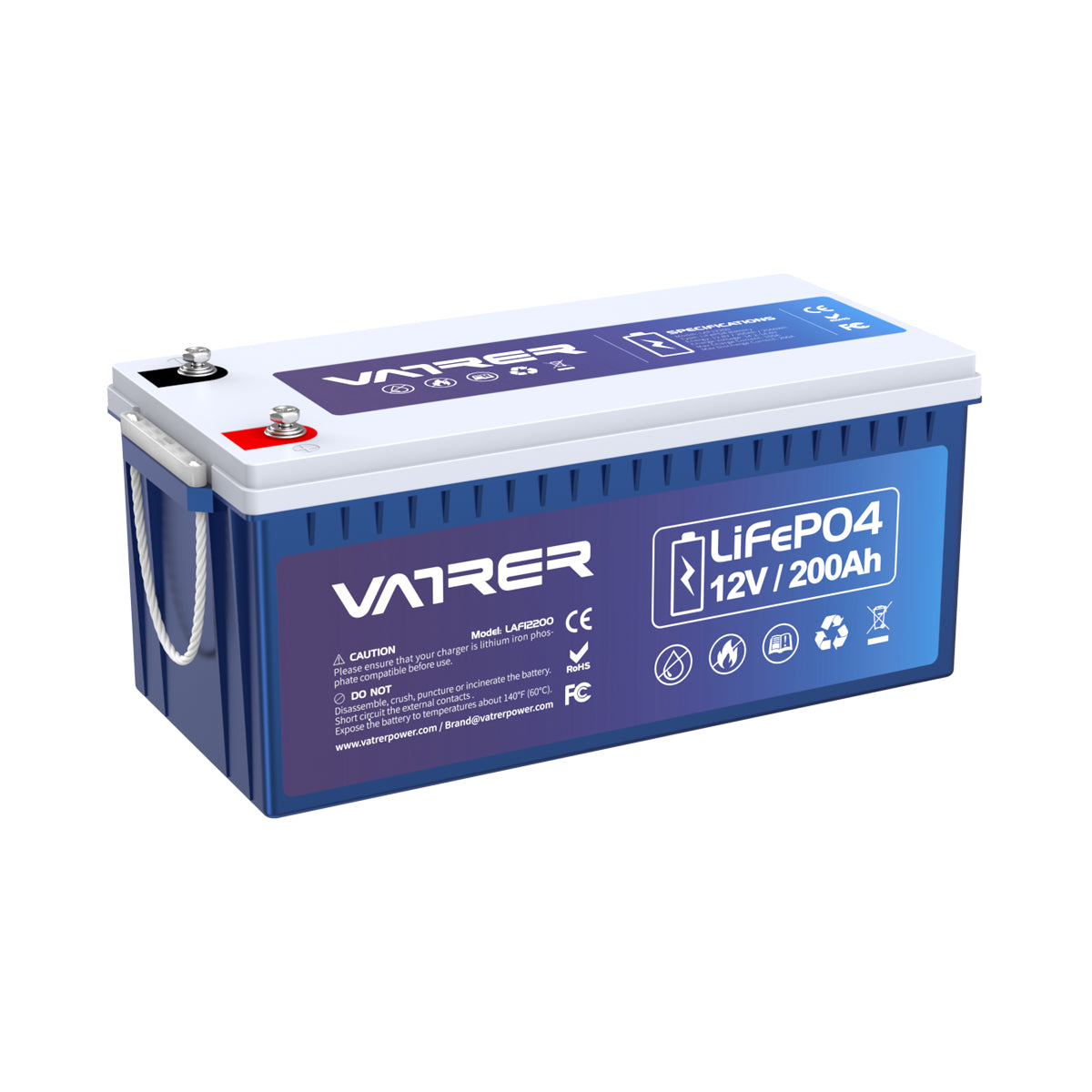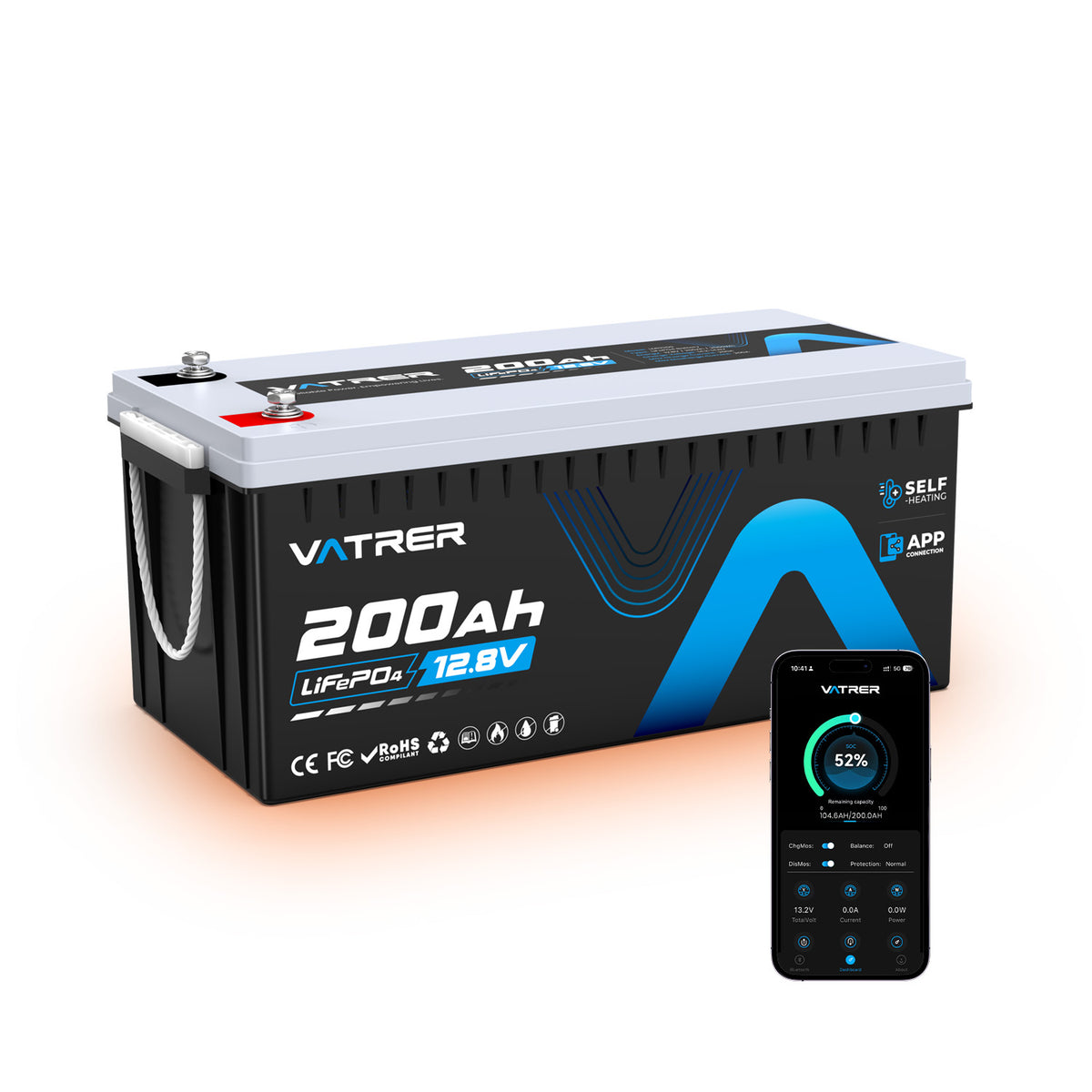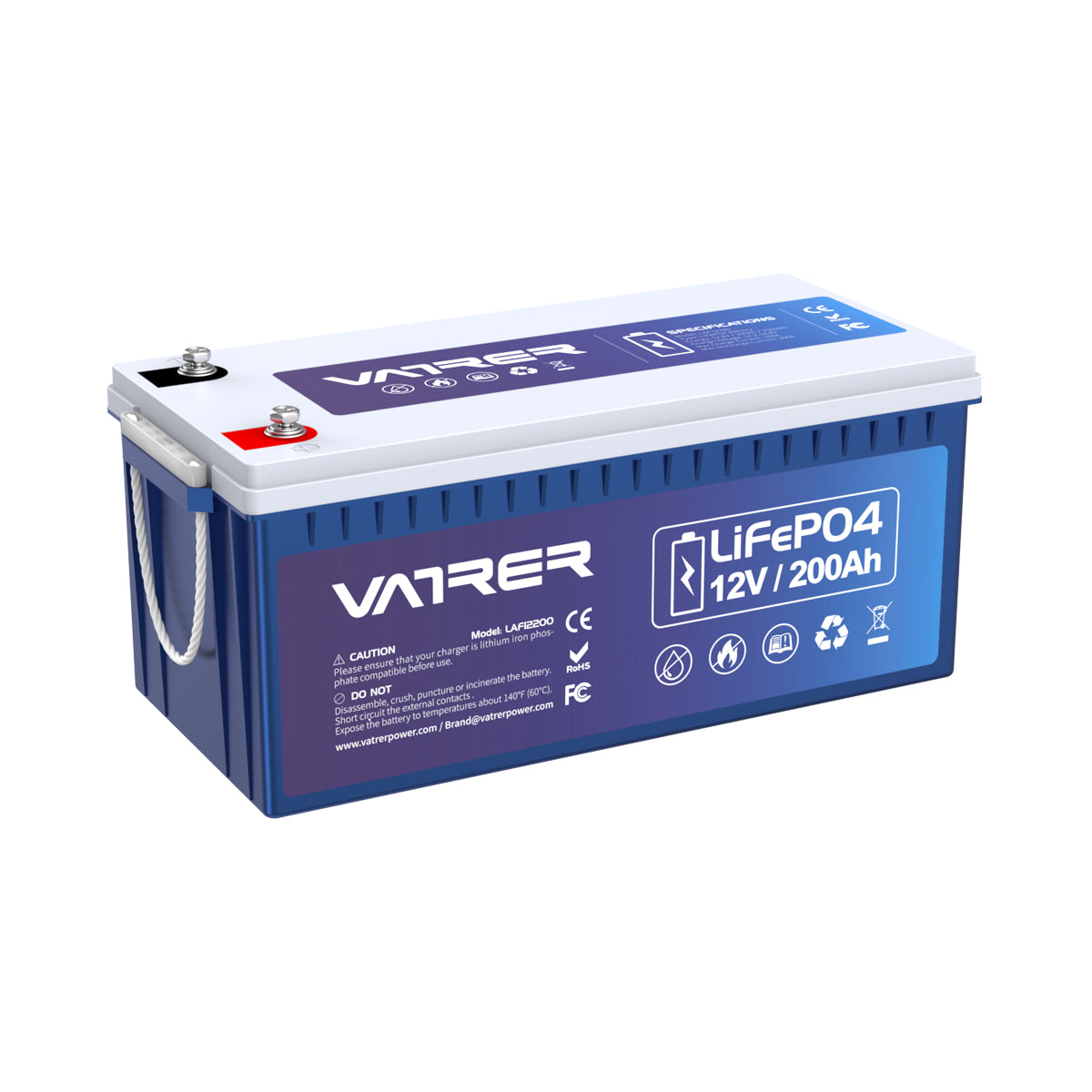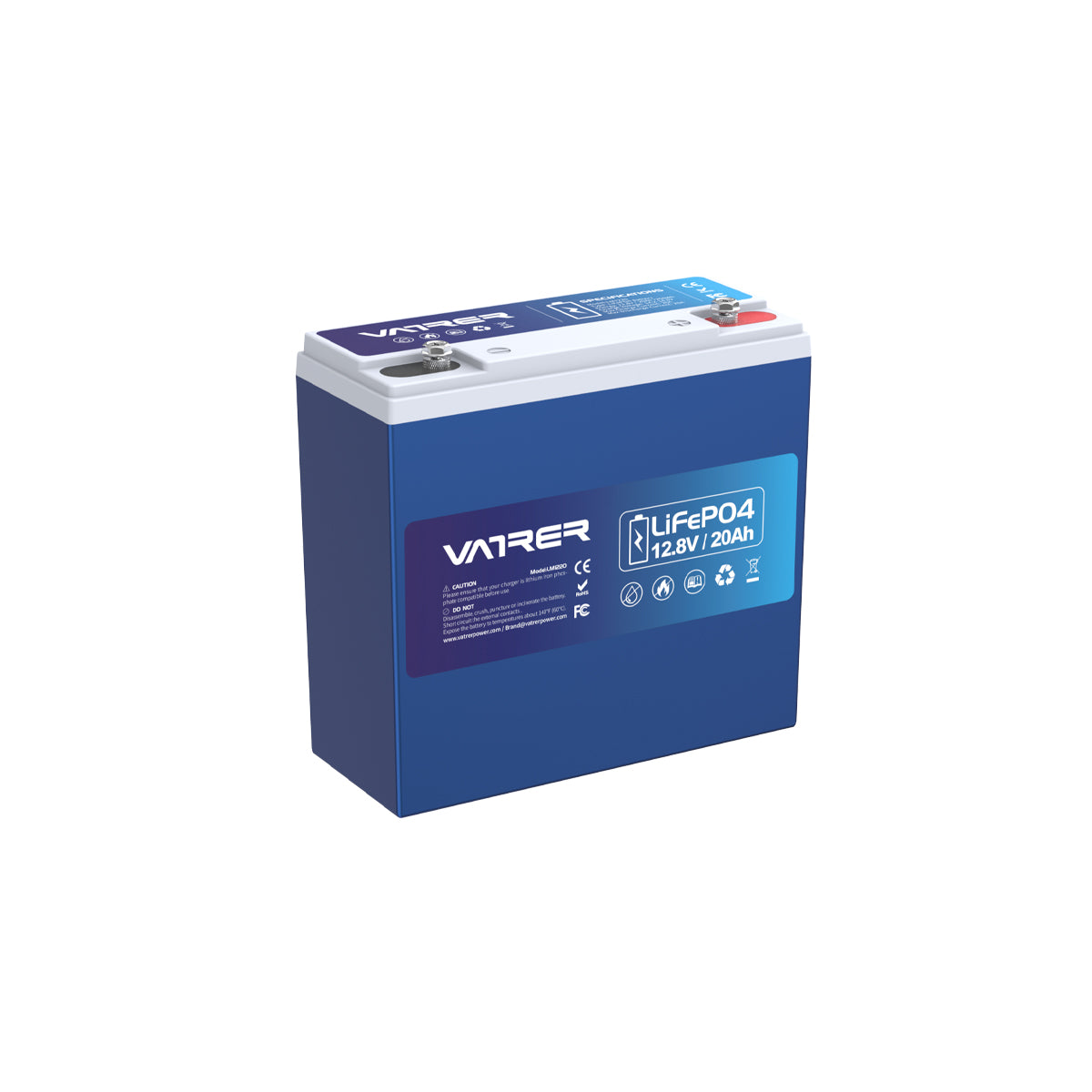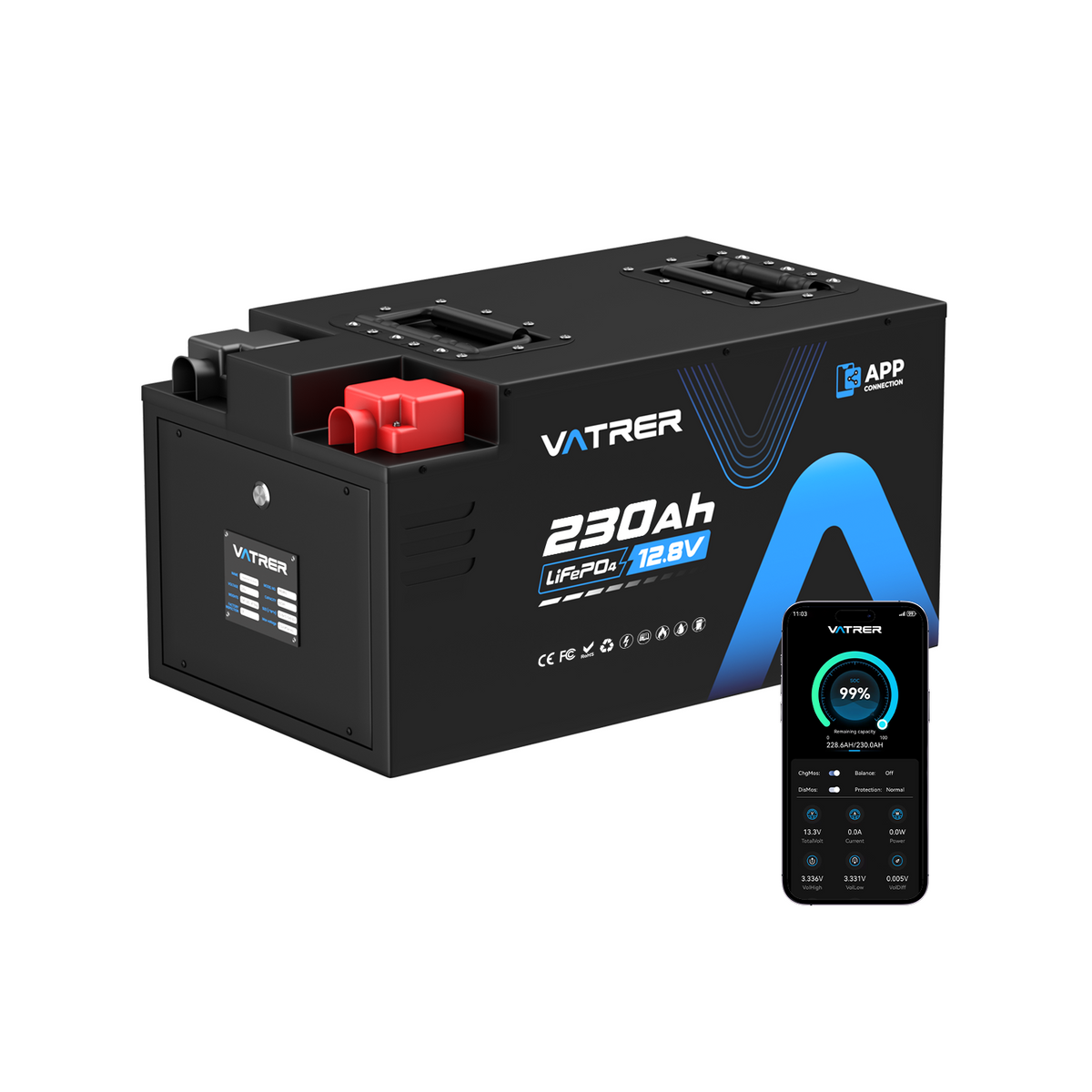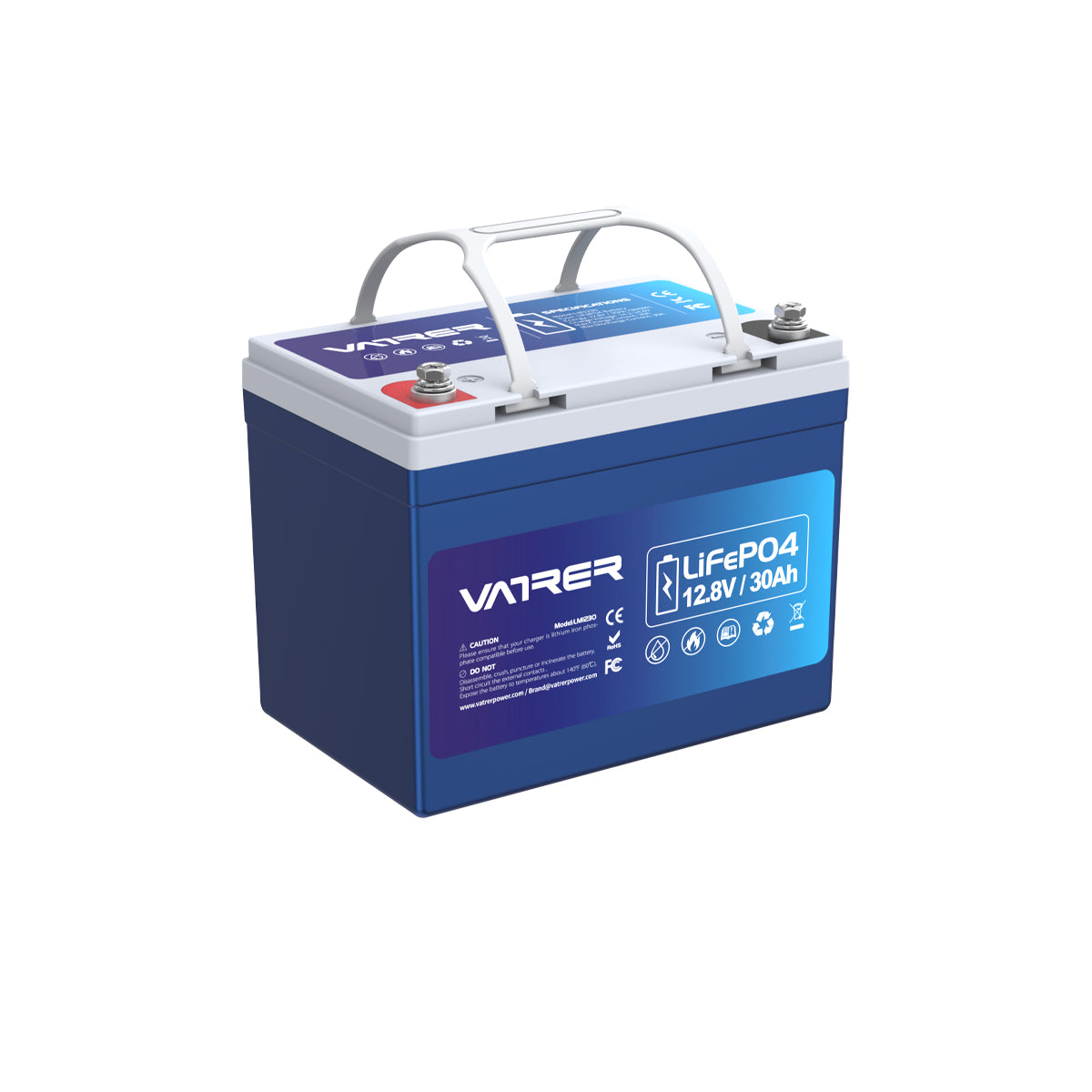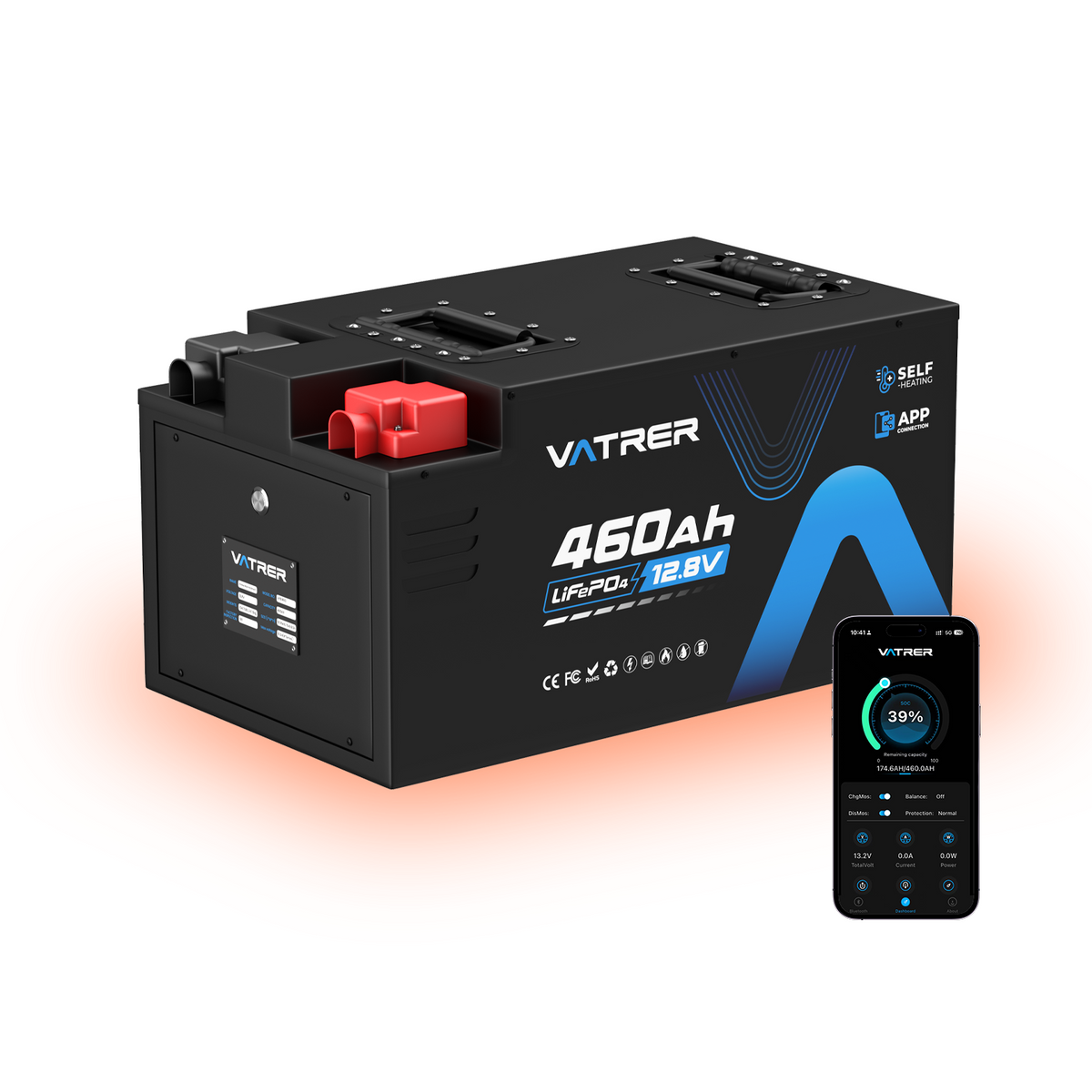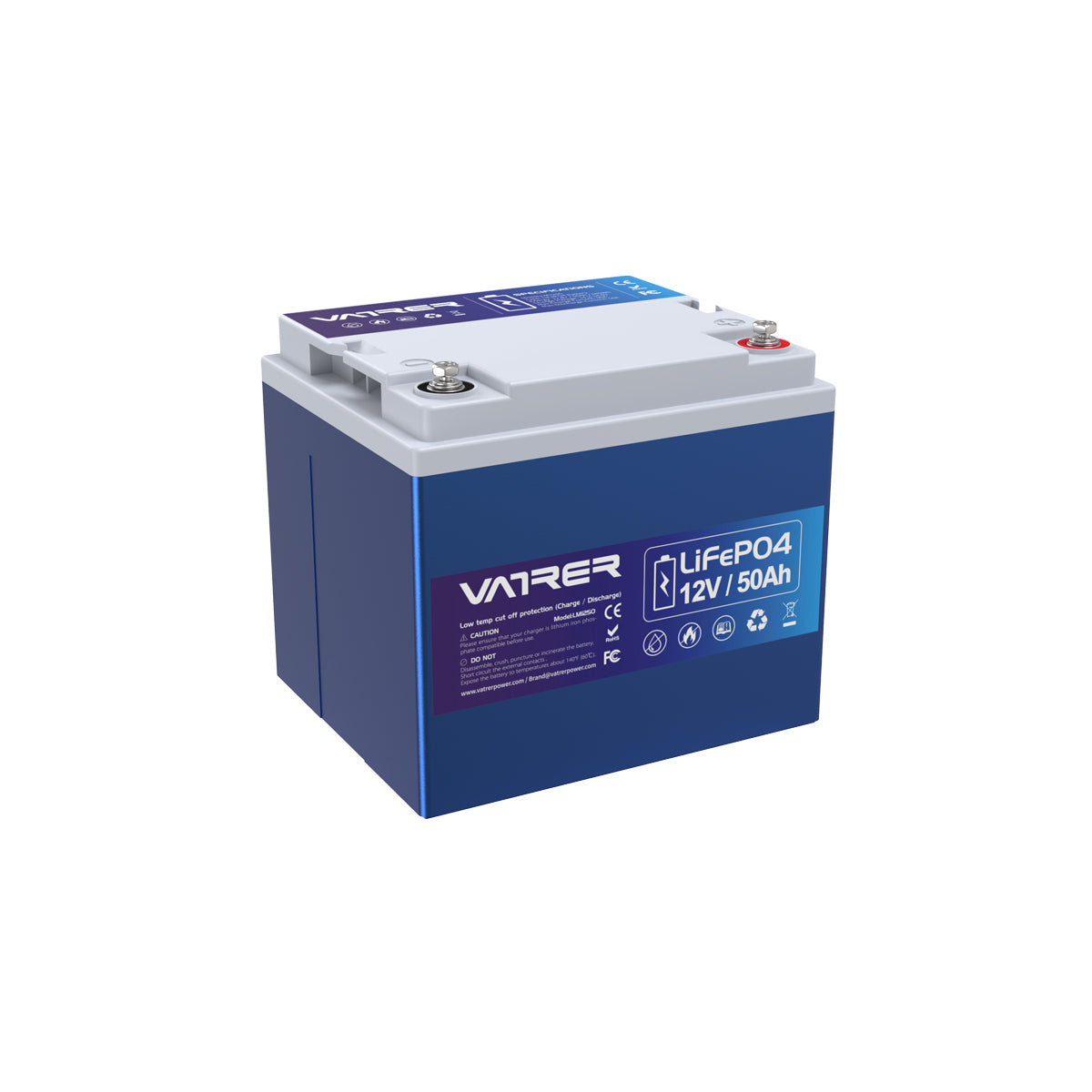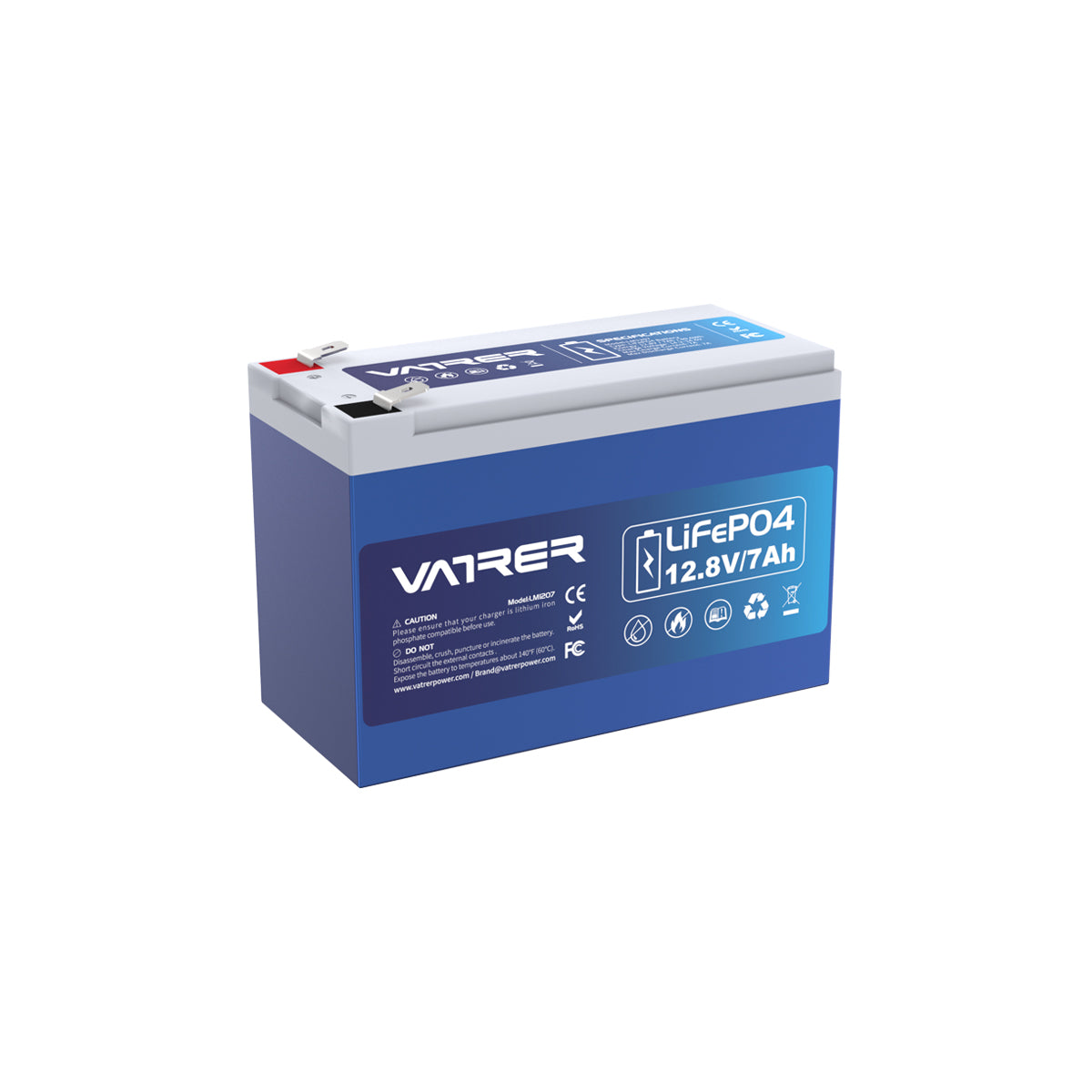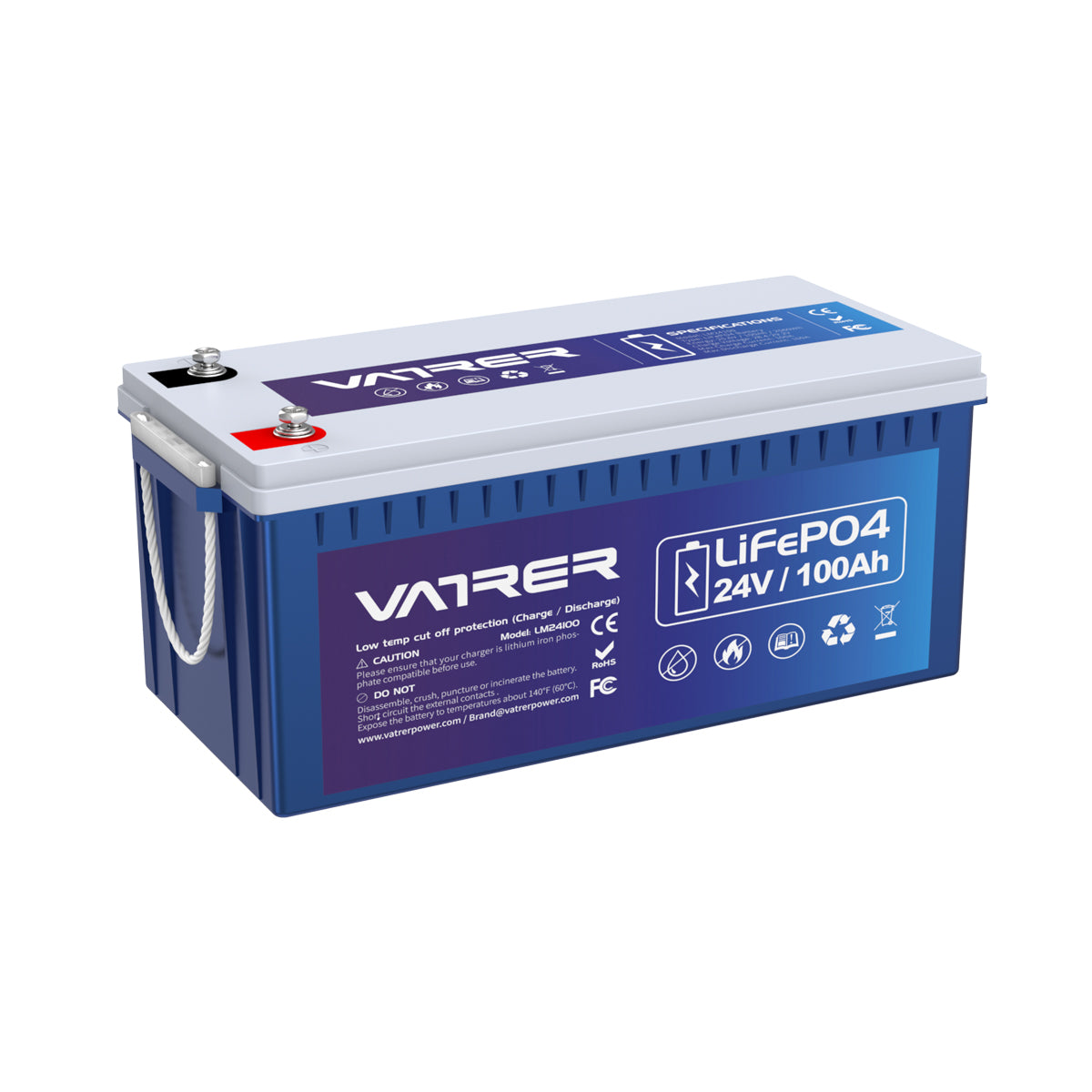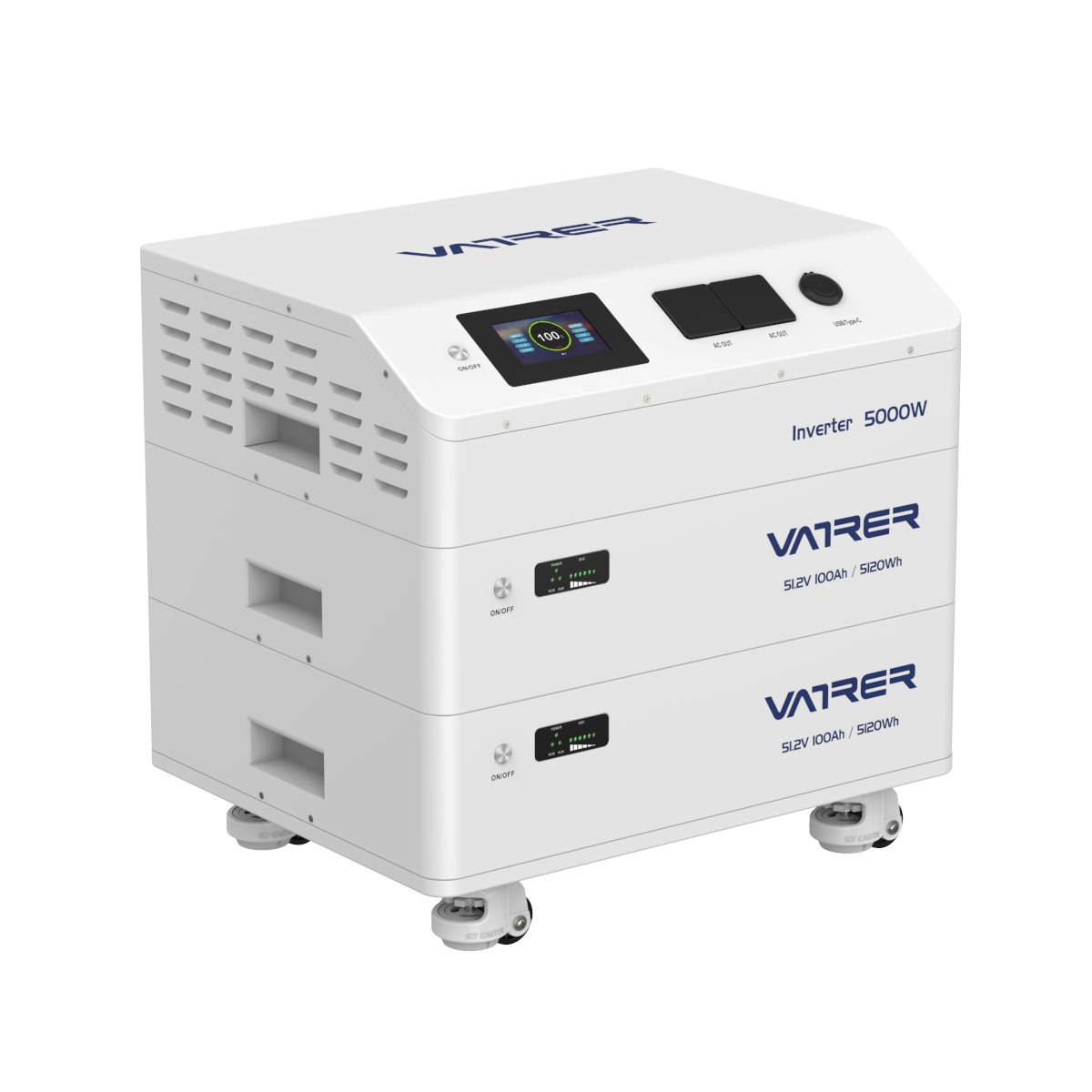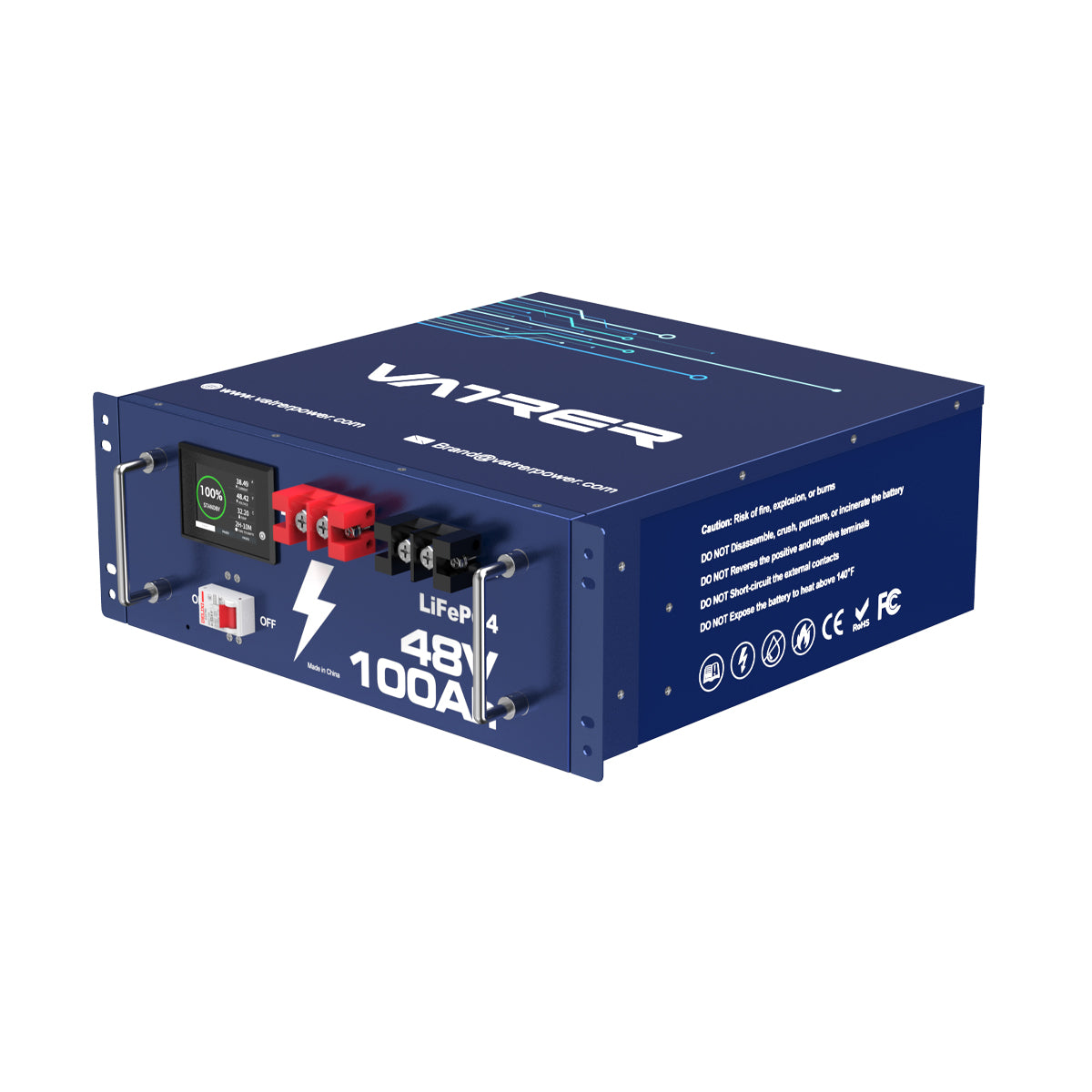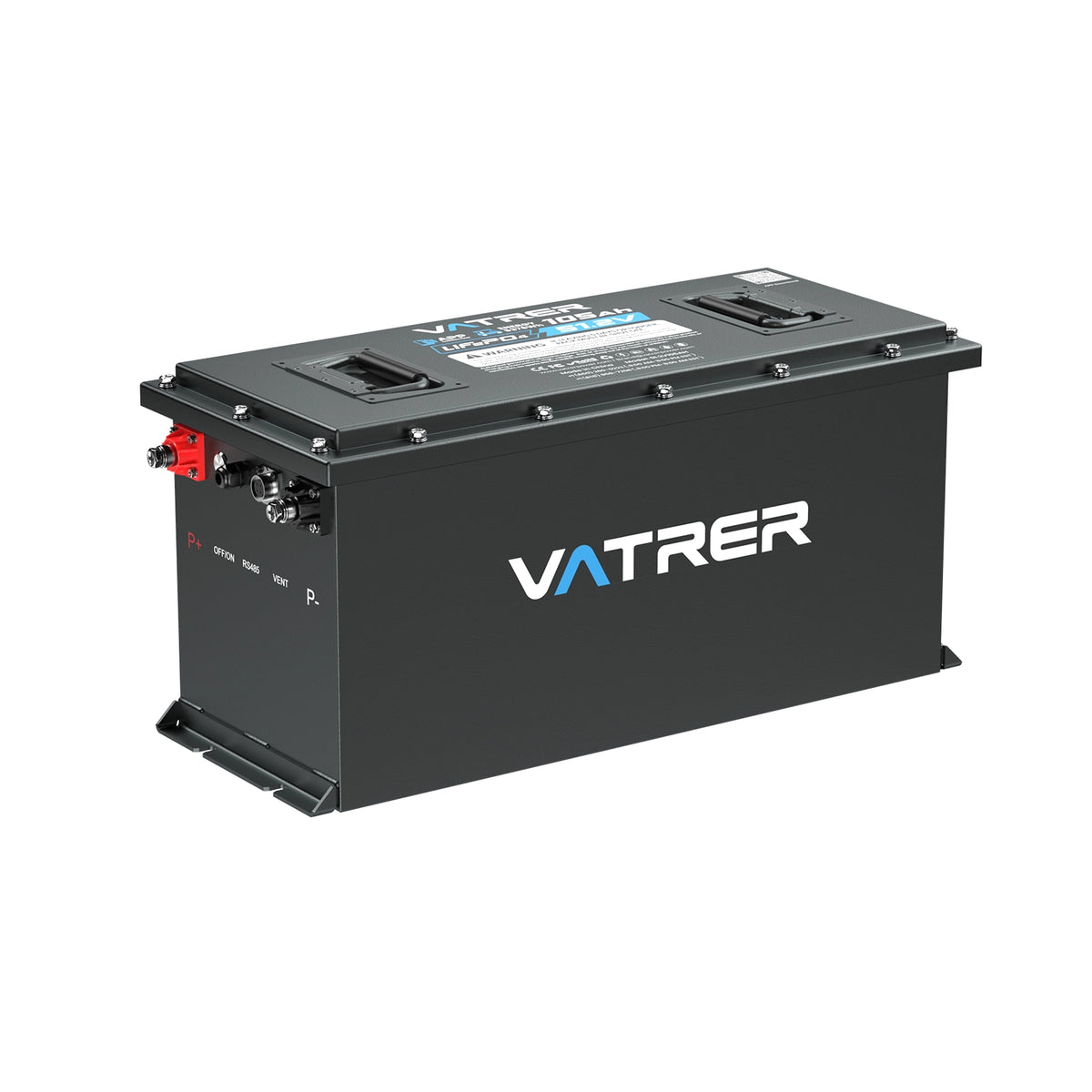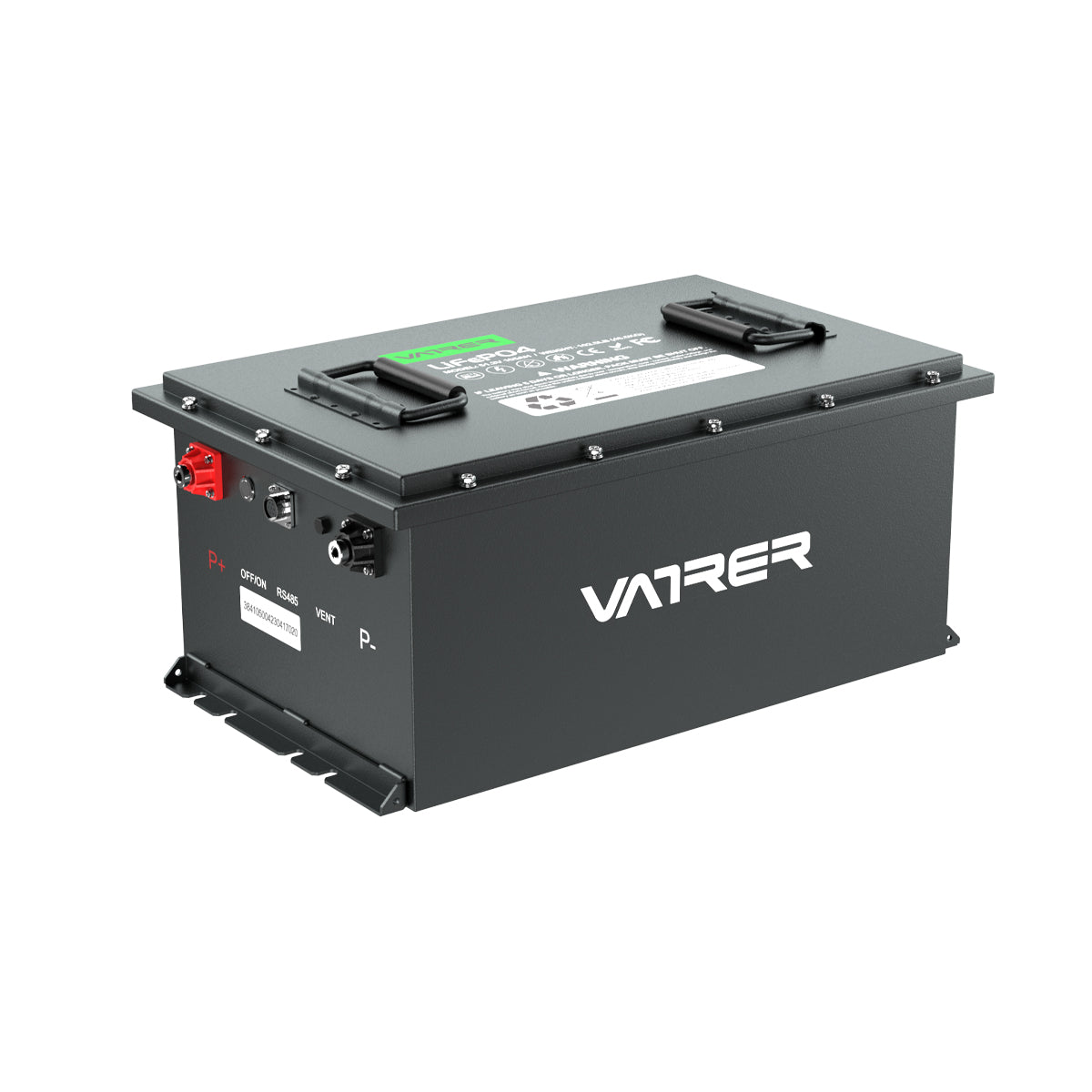Table of Contents
- I. Introduction
- A. Introduction to LiFePO4 lithium batteries and their characteristics
- B. Explanation of why series and parallel connections are commonly used
- II. Advantages and Applications of Series Connection
- A. Explanation of the principle and operation of series connection
- B. Discussion of the advantages of series connection
- C. Exploration of the applications of series connection
- III. Considerations for Series Connection
- IV. Advantages and Applications of Parallel Connection
- A. Explanation of the principle and operation of parallel connection
- B. Discussion of the advantages of parallel connection
- C. Exploration of the applications of parallel connection
- V. Considerations for Parallel Connection
- VI. Case Studies of Series and Parallel Connections
- A. Introduction of typical case studies involving series and parallel connections
- B. Analysis of the reasons and outcomes of using series and parallel connections in these case studies
- VII. Conclusion
I. Introduction
A. Introduction to LiFePO4 lithium batteries and their characteristics
- LiFePO4 lithium batteries, also known as lithium iron phosphate batteries, are a type of rechargeable battery widely used in various applications.
- These batteries are known for their high energy density, long cycle life, and excellent thermal and chemical stability.
- LiFePO4 batteries are considered safer than other lithium-ion battery chemistries due to their lower risk of thermal runaway and reduced likelihood of combustion.
B. Explanation of why series and parallel connections are commonly used
- Series and parallel connections are commonly used with LiFePO4 lithium batteries to achieve specific voltage and capacity requirements in various applications.
- Series connection involves connecting multiple batteries in a sequence, end-to-end, to increase the total voltage output.
- Parallel connection involves connecting multiple batteries side-by-side to increase the total capacity and current output.
- By utilizing series and parallel connections, users can customize the battery configuration to match the voltage and capacity needs of their specific devices or systems.
- This flexibility allows for greater versatility and compatibility in a wide range of applications, including electric vehicles, renewable energy systems, and portable electronics.
II. Advantages and Applications of Series Connection
A. Explanation of the principle and operation of series connection
- In series connection, multiple LiFePO4 lithium batteries are connected end-to-end, with the positive terminal of one battery connected to the negative terminal of the next battery.
- The total voltage of the series connection is the sum of the individual battery voltages.
- The current flowing through each battery in a series connection remains the same, while the total voltage increases.

connect lithium battery in series
B. Discussion of the advantages of series connection
- Increased Voltage: One of the key advantages of series connection is the ability to increase the overall voltage of the battery system. This is beneficial in applications that require higher voltage levels for proper operation.
- Maintained Capacity: Series connection does not affect the overall capacity of the battery system. Each battery retains its individual capacity, allowing for a longer runtime and sustained power output.
C. Exploration of the applications of series connection
- Electric Vehicles: Series connection is commonly used in electric vehicles to achieve the high voltage required for efficient propulsion. By connecting multiple LiFePO4 batteries in series, the overall voltage of the battery pack can reach the necessary levels to power the electric motor.
- Solar Energy Storage Systems: Series connection is also utilized in solar energy storage systems. By connecting multiple LiFePO4 batteries in series, the system can achieve the higher voltage needed for efficient energy storage and utilization. This enables the system to store and supply solar energy effectively.
In both electric vehicles and solar energy storage systems, the use of LiFePO4 batteries in series connection allows for increased voltage, which enhances the performance and reliability of the systems.
III. Considerations for Series Connection
A. Discussion of potential issues with series connection
- Battery Imbalance: In a series connection, it is crucial to ensure that all batteries have similar characteristics, including capacity and internal resistance. If there is a significant imbalance among the batteries, one or more batteries may become overcharged or over-discharged, leading to reduced performance and potential damage.
- Charge/Discharge Control: Managing the charging and discharging process is essential in series-connected LiFePO4 battery systems. If not properly controlled, variations in the charge or discharge rates among the batteries can lead to imbalances and compromise the overall performance and lifespan of the battery system.
B. Provision of solutions
- Balancing Charging: Implementing a balancing charging system can help address battery imbalance issues in a series connection. Balancing charging ensures that each battery receives an equal amount of charge, preventing overcharging or over-discharging of individual batteries. This can be achieved through the use of active balancing circuits or passive methods such as resistor-based balancing.
- Battery Management Systems (BMS): Using a BMS is highly recommended for series-connected LiFePO4 battery systems. A BMS monitors and controls the charging and discharging process, ensuring that each battery operates within safe limits. It helps prevent overcharging, over-discharging, and temperature extremes, thus extending the overall lifespan and optimizing the performance of the battery system.
By addressing battery imbalance through balancing charging and employing a BMS, the potential issues associated with series connection in LiFePO4 battery systems can be effectively mitigated. These solutions promote equal charging and discharging among the batteries, ensuring optimal performance, longevity, and safety of the battery system.
IV. Advantages and Applications of Parallel Connection
A. Explanation of the principle and operation of parallel connection
- In parallel connection, multiple LiFePO4 lithium batteries are connected side-by-side, with the positive terminals connected together and the negative terminals connected together.
- The total capacity of the parallel-connected batteries is the sum of the individual battery capacities.
- The current flowing through the batteries in a parallel connection is divided among them, allowing for increased capacity and power output.

connect lithium batteries in parallel
B. Discussion of the advantages of parallel connection
- Increased Capacity: One of the primary advantages of parallel connection is the ability to increase the overall capacity of the battery system. By connecting multiple LiFePO4 batteries in parallel, the total capacity is enhanced, enabling longer runtime and extended power availability.
- Enhanced Power Output: Parallel connection allows for the distribution of current among the batteries, resulting in enhanced power output capabilities. This is particularly beneficial in applications that require high power demands or quick energy delivery.
C. Exploration of the applications of parallel connection
- Energy Storage Systems: Parallel connection is widely used in energy storage systems, such as residential or commercial battery banks. By connecting LiFePO4 batteries in parallel, the system can achieve higher capacity to store more energy from renewable sources like solar or wind. This allows for greater self-sufficiency and the ability to utilize stored energy during peak demand periods.
- Emergency Power Supplies: Parallel connection is also employed in emergency power supply systems, including uninterruptible power supplies (UPS) and backup generators. By connecting LiFePO4 batteries in parallel, these systems can provide sufficient capacity and power output to support critical loads during power outages or emergencies.
In energy storage systems and emergency power supplies, the use of LiFePO4 batteries in parallel connection enables increased capacity and enhanced power output, ensuring reliable and sustained energy availability when needed the most.
V. Considerations for Parallel Connection
A. Discussion of potential issues with parallel connection
- Uneven Charge/Discharge: When LiFePO4 batteries are connected in parallel, there is a risk of uneven charge or discharge among the batteries. Differences in internal resistance and capacity can lead to imbalances, resulting in some batteries receiving more charge or discharging more rapidly than others. This can impact the overall performance and longevity of the battery system.
- Temperature Control: Parallel connection can also pose challenges in terms of temperature control. If one or more batteries in a parallel connection generate excessive heat during charging or discharging, it can affect the overall temperature of the battery system. This can lead to reduced efficiency, accelerated aging, and potential safety hazards.
B. Provision of solutions
- Balanced Discharging: Implementing a balanced discharging system can help address the issue of uneven charge or discharge in parallel-connected LiFePO4 battery systems. This involves using a battery management system (BMS) that monitors and controls the discharge process, ensuring that each battery contributes proportionally to the load. It helps prevent over-discharging of individual batteries and promotes equal utilization of the battery capacity.
- Temperature Monitoring Systems: Utilizing temperature monitoring systems is essential to ensure proper temperature control in parallel-connected LiFePO4 battery systems. These systems employ temperature sensors placed on each battery to continuously monitor their temperature. If any battery exceeds the safe temperature limits, appropriate actions can be taken, such as reducing the charging/discharging rate or providing adequate cooling.
By implementing balanced discharging and employing temperature monitoring systems, the potential issues associated with parallel connection in LiFePO4 battery systems can be effectively addressed. These solutions promote equal utilization of battery capacity and ensure proper temperature management, optimizing the performance, lifespan, and safety of the battery system.
VI. Case Studies of Series and Parallel Connections
A. Introduction of typical case studies involving series and parallel connections
- Electric Vehicles: Electric vehicles (EVs) often utilize both series and parallel connections to meet the voltage and capacity requirements for efficient propulsion. LiFePO4 batteries are connected in series to achieve the desired high voltage, while parallel connections are employed to increase the overall capacity and power output.
- Solar Energy Storage Systems: Solar energy storage systems commonly incorporate series and parallel connections to optimize energy storage and utilization. Series connections are used to achieve higher voltage levels for efficient energy storage, while parallel connections increase the system's capacity to store more energy from solar panels.
B. Analysis of the reasons and outcomes of using series and parallel connections in these case studies
- Electric Vehicles: Series connection in EVs allows for higher voltage, which translates to increased power output and improved performance. This allows EVs to achieve higher speeds and longer driving ranges. Parallel connection, on the other hand, increases the overall capacity of the battery pack, enabling extended driving times and sustained power delivery. The combination of series and parallel connections in EVs results in optimal voltage, capacity, and power output, providing a balance between performance and range.
- Solar Energy Storage Systems: Series connection in solar energy storage systems is essential to achieve the higher voltage needed for efficient energy storage. This allows for better compatibility with inverters and maximizes the energy conversion efficiency. Parallel connection, on the other hand, increases the overall capacity of the storage system, enabling the storage of more solar energy. By utilizing series and parallel connections, solar energy storage systems can effectively store and supply solar energy, promoting self-sufficiency and reducing reliance on the grid.
In both case studies, the use of series and parallel connections in LiFePO4 battery systems allows for the optimization of voltage, capacity, and power output, resulting in improved performance, longer runtime, and enhanced energy storage capabilities. This enables electric vehicles to achieve higher speeds and longer driving ranges, while solar energy storage systems can store more energy and provide reliable power during peak demand periods.

VII. Conclusion
A. Summary of the advantages and application scenarios of series and parallel connections
- Series Connection: Series connection offers the advantage of increased voltage, making it suitable for applications that require higher voltage levels, such as electric vehicles and solar energy storage systems. It allows for efficient propulsion and energy storage by combining the voltages of multiple LiFePO4 batteries.
- Parallel Connection: Parallel connection provides the benefit of increased capacity and enhanced power output. It is suitable for applications that require longer runtime and higher power demands, such as energy storage systems and emergency power supplies. Parallel connection combines the capacities of LiFePO4 batteries to deliver sustained power and extended operation.
B. Emphasis on the importance of proper usage and management of series and parallel connections
- Proper usage and management of series and parallel connections are crucial to ensure the optimal performance, longevity, and safety of the LiFePO4 battery systems.
- Attention should be given to battery imbalance, charge/discharge control, temperature control, and overall system monitoring.
- Solutions such as balancing charging, battery management systems (BMS), and temperature monitoring systems should be implemented to address potential issues and maintain the health of the battery system.
It is essential to understand the advantages and application scenarios of series and parallel connections, as well as the considerations and solutions for their proper usage. By carefully managing these connections and implementing appropriate measures, the performance and reliability of LiFePO4 battery systems can be maximized, ensuring their effective use in various applications.



